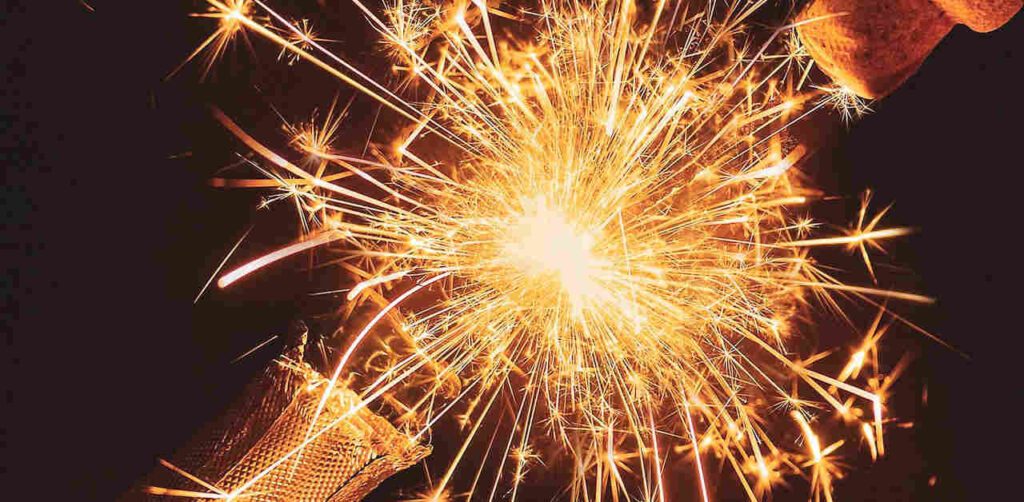How to Have a Happy New Year Anywhere
Published by: almanac.com
Many New Year’s traditions that we take for granted date from ancient times. This year, ring out the old and ring in the new with a New Year tradition—or two! From singing “Auld Lang Syne” to eating black-eyed peas for good luck, discover different ways to celebrate the start of 2024!
Make Some Noise
Making a lot of noise and light—from fireworks to gunshots to church bells—seems to be a favorite New Year’s pastime across the globe.
- In Thailand, it was once tradition to fire guns to frighten off demons.
- In China, firecrackers routed the forces of darkness.
- In Denmark, they throw plates and glasses against each other’s front doors to banish bad spirits.
- In Ecuador, it is tradition to burn the effigies of famous people to destroy bad “juju” from the past year and start fresh.
- In the early American colonies, the sound of pistol shots rang through the air.
- In the United States today, many watch the ball drop in New York’s Times Square.
- In other countries, many folks wait for the church bells or the chimes of clock towers to ring out.
Eat Lucky Food
Many New Year’s traditions involve food. Here are a few:
- In Spain, people attempt to eat 12 grapes during these 12 strokes of midnight! Tradition says that if they succeed before the chimes stop, they will have good luck for all 12 months of the coming year.
- In the southern US, black-eyed peas and pork foretell good fortune.
- In Scotland—where Hogmanay is celebrated—Scots also hold bonfire ceremonies where people parade while swinging giant fireballs on poles!
- Eating any ring-shaped treat (such as a doughnut) symbolizes “coming full circle” and leads to good fortune. In Dutch homes, fritters called olie bollen are served.
- The Irish enjoy pastries called bannocks.
- In India and Pakistan, rice promises prosperity.
- Apples dipped in honey are a Rosh Hashanah (Jewish New Year) tradition.
- In Swiss homes, dollops of whipped cream, symbolizing the richness of the year to come, are dropped on the floors—and allowed to remain there!
Have a Drink
Although the pop of a champagne cork signals the arrival of the New Year around the world, some countries have their beverage-based traditions.
- Wassail, a punch-like drink named after the Gaelic term for “good health,” is served in some parts of England.
- Spiced “hot pint” is the Scottish version of Wassail. Traditionally, the Scots drank to each other’s prosperity and also offered this warm drink to neighbors along with a small gift.
- In Spain, Cava (a sparkling white wine) is often served to guests for making toasts.
Give a Gift
New Year’s Day was once the time to swap presents.
- Gifts of gilded nuts or coins marked the start of the new year in Rome.
- Eggs, the symbol of fertility, were exchanged by the Persians.
- Early Egyptians traded earthenware flasks.
- In Scotland, coal, shortbread, and silverware were traditionally exchanged for good luck.
